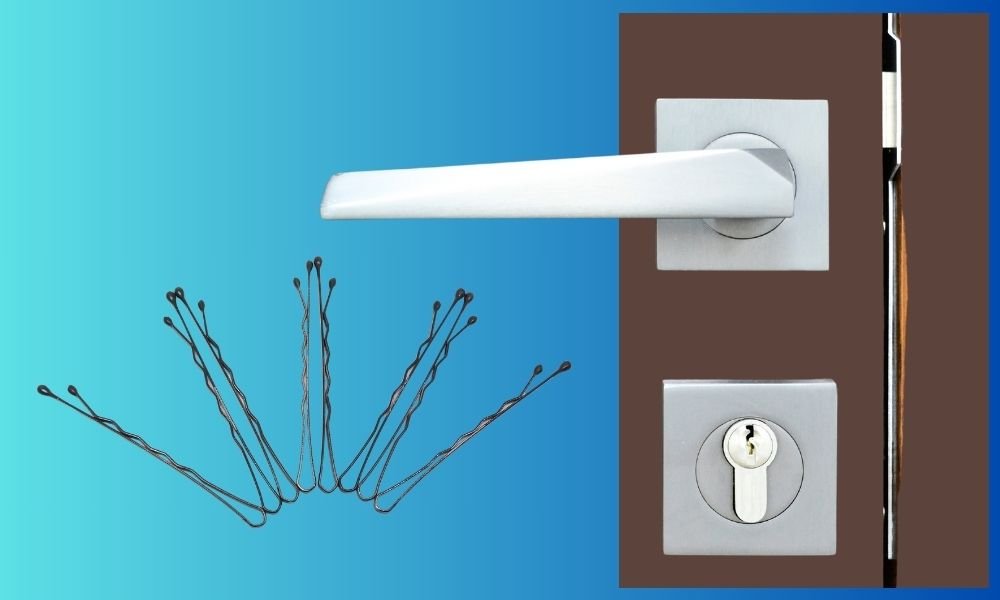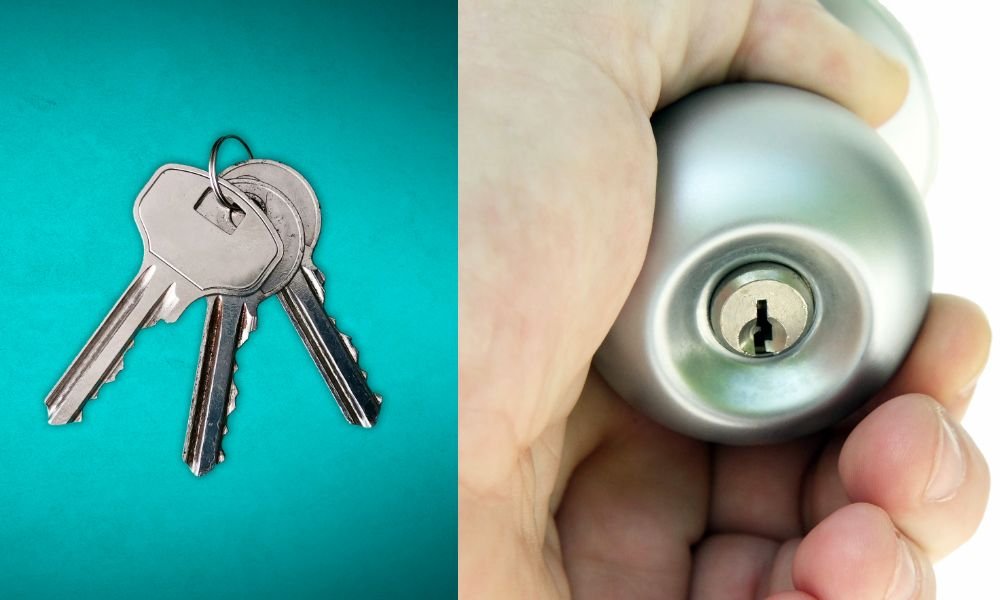Unlocking a door with a bobby pin, though depicted in films, can be practical in emergencies. Understanding the legal and ethical implications is crucial before attempting this technique. Picking locks with a bobby pin may help in situations like accidentally locking yourself out. Begin by preparing your bobby pin, ensuring you have the right tools. Remember, this skill should only be used when absolutely necessary and always within legal boundaries. Learning the method is useful, but responsibility is key. Never attempt to pick a lock without proper authorization. This guide will guide you through the process of using a bobby pin to pick a lock.
Materials You Will Need

To begin, gather two bobby pins. One pin will serve as a tension wrench, while the other will function as a pick. Bobby pins work well because they are flexible and strong, allowing them to manipulate a lock’s internal parts effectively. Additionally, you’ll need patience and some dexterity to succeed. Before attempting, ensure you understand how a pin tumbler lock works, as this knowledge is essential for the task. Without this foundation, the process becomes challenging. The right preparation and mindset are crucial to successfully using these materials for lock picking.
Preparing the Bobby Pins
Begin by straightening two bobby pins completely. To create the tension wrench, bend one pin into an L-shape. This one will fit into the bottom of the keyhole to apply the necessary tension. The other pin becomes your pick; slightly bend its tip to form a small hook. This hooked end will help lift the lock’s internal pins. With these simple adjustments, basic bobby pins transform into effective lock-picking tools. These modifications are straightforward yet essential for the task. Ensure your tools are ready before starting the lock-picking process. Proper preparation is key to success when using bobby pins in this way.
Applying Tension

Insert the L-shaped created one into the keyhole’s bottom. Apply light tension in the direction the key would normally turn. This gentle pressure holds the internal pins in place as you work. Be careful not to apply excessive force, as it might break the bobby pin or make picking more difficult. Insufficient tension, however, won’t secure the pins, making the task impossible. The key to successful lock picking is finding the perfect balance. Keep adjusting the tension until you achieve the right amount of pressure. Practice and patience are essential for mastering this step.
Picking the Lock
With tension applied, insert the hooked type into the keyhole’s upper section. Begin by gently lifting the pins inside, starting with the farthest one. As you raise each pin to the proper height, a subtle click should be felt, signaling its set. Continue this process, moving to the next pin until all are correctly positioned. Repeat the lifting technique for each pin in turn. Over time, with practice, this step will become faster and more intuitive. Experience makes this process smoother, helping you complete it efficiently. Mastery of this skill requires patience, but consistent practice will improve your ability to pick locks successfully.
Opening the Lock
After setting all the pins, keep applying tension with the wrench and gently twist it in the key’s turning direction. If done properly, the locking device should rotate, allowing the door to open. If the Locking device doesn’t turn, release the tension and begin the process again, adjusting your approach as necessary. Don’t be disheartened if it doesn’t work on your first attempt; lock picking takes practice and persistence. Success comes with revel in and staying power, so keep refining your technique till you achieve the preferred end result. Each strive brings you in the direction of learning this ability.
Conclusion
Lockpicking with a bobby pin requires patience and practice. It’s crucial to use this skill responsibly and within legal boundaries. While mastering this technique can be helpful in emergencies, always remember that picking locks without permission is illegal. This knowledge should be used wisely, with safety and ethics as top priorities. Ensure that your actions are lawful and justified. In situations where you’re locked out, this skill can be valuable, but always respect the property and rights of others. Make sure you fully understand the legal implications before attempting to pick a lock.



